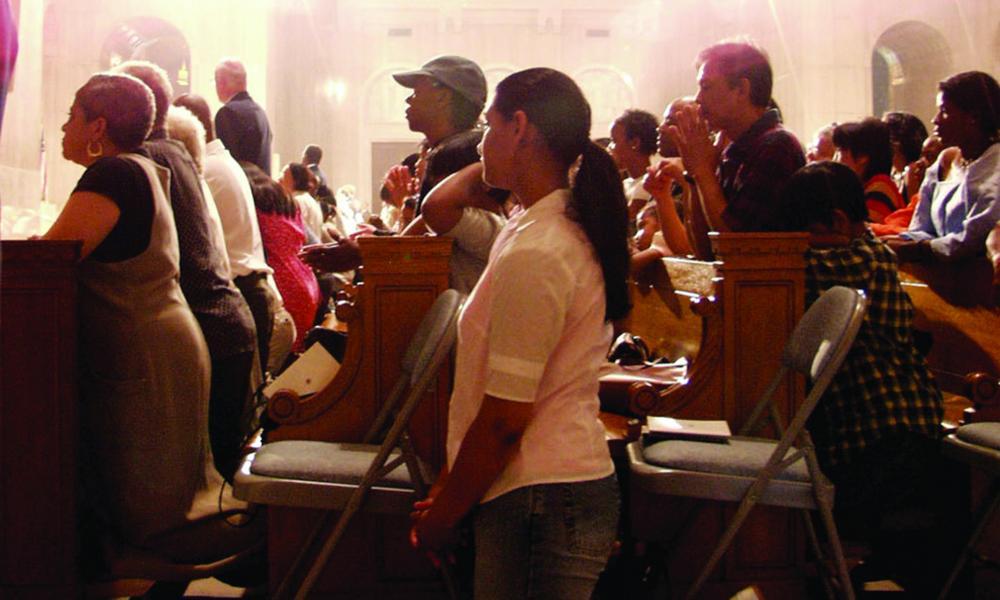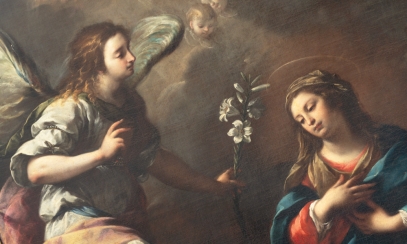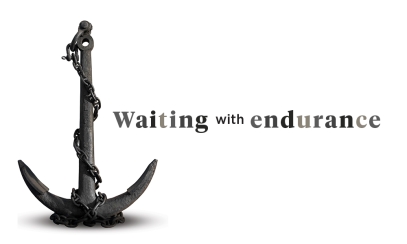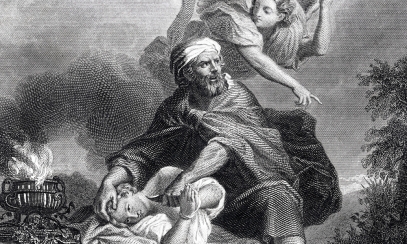
Why do we kneel?
A part of being re-evangelized ourselves, even as we reach out to others, is understanding what we do when we worship God on Sundays. One gesture that we make during Mass is to kneel. We need to better grasp its significance.
The General Instruction of the Roman Missal notes that gestures in Mass provide “beauty” and “simplicity” and enable all to participate. Thus, we need to follow the General Instruction, the traditions of the Roman Rite, and “what serves the common spiritual good of the People of God, rather than private inclination or arbitrary choice.” In addition, “a common posture … is a sign of the unity of the members of the Christian community gathered for the sacred Liturgy.” (GIRM #42)
After describing the postures of the first part of the Mass, the General Instruction notes: “In the dioceses of the United States of America, they should kneel beginning after the singing or recitation of the Sanctus until after the Amen or the Eucharistic Prayer…. The faithful kneel after the Agnus Dei unless the diocesan Bishop determines otherwise.” (GIRM #43)
Thus we are to kneel during the entire eucharistic prayer and when the priest lifts up the host and says: “Behold the lamb of God, behold him who takes away the sins of the world. Blessed are those called to the supper of the lamb.” Our response, as a congregation, will be slightly different from what we currently say. The new translation is closer to the Latin and to Matthew 7:8. There, the centurion says that Jesus does not have to come to his house to cure his servant. We respond: “Lord, I am not worthy that you should enter under my roof, but only say the word and my soul shall be healed.”
Obviously, we then stand to be a part of the procession to receive holy Communion. There is a laudable practice of the whole community remaining standing until all have received Communion. However, the Holy See has made it clear that this posture cannot be mandated. Instead, the people are free to return to their seats and kneel or sit or stand.
Finally, the other two times that we kneel are when we enter and leave church. Then we genuflect toward the tabernacle as a sign of adoration of Jesus present in the Blessed Sacrament in the tabernacle.
Kneeling during prayer is deeply embedded in the Scriptures. When Solomon built his beautiful temple and placed therein the Ark of the Covenant, he prayed a long prayer of consecration, during which he knelt with arms outstretched. (I Kings 8:54) Daniel knelt in prayer three times a day. (Daniel 6:10) Jesus knelt in prayer in the Garden of Olives the night before his death (Luke 22:41) and Stephen knelt in prayer before his execution. (Acts 7:60)
For many centuries now, in the Latin church, we have knelt during the two times of the Mass mentioned above. This has come to signify our adoration of our Lord, as well as the offering of our petitions and needs in humility.
This is a very important gesture for us to make during the Mass. We can, at times, lose sight of the fact that we are there primarily to worship God, something that is his due because he has created and redeemed us. This act of worship is not just an individual activity, but is rather the action of the body of Christ worshipping the Father in Spirit and in truth. Thus I, as bishop of Lansing, have mandated that all our churches and public chapels must have kneelers or kneeling pads so that the people can kneel at these times, unless this is simply impossible.
Our own re-evangelization involves recognizing that God is our loving Father and the one who deserves our adoration and praise. To bend the knee is a fitting tribute to such a great God.



